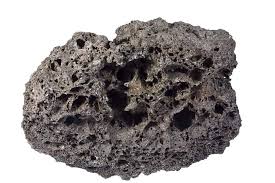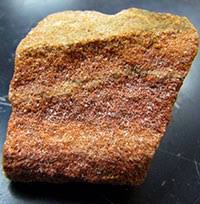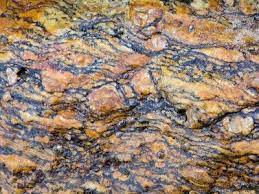Type of Rocks in India
Rocks are essential components of the Earth’s crust, and they come in different types. The three main types of rocks in India: igneous, sedimentary, and metamorphic rocks. Understanding the features and characteristics of each rock type is crucial to appreciating the diversity of the Earth’s geology.
Table of Contents
Igneous Rocks
Igneous rocks are formed from solidification and crystallization of molten magma or lava. These rocks can be either extrusive or intrusive, depending on whether they form on the surface or below the surface. Extrusive rocks are formed from lava that cools on the surface, while intrusive rocks are formed when magma cools and solidifies below the Earth’s surface. Examples of igneous rocks include basalt, granite, and obsidian.
In India, the Deccan Traps in Maharashtra and Karnataka are one of the largest and most extensive volcanic rock formations (igneous rocks) in the world.

Sedimentary Rocks
Sedimentary rocks are formed from the accumulation of sediments such as sand, silt, clay, and other organic materials. These rocks are formed through a process known as lithification, which involves compaction and cementation of the sediments. Examples of sedimentary rocks include limestone, sandstone, and shale.

In India, the sedimentary rocks cover a large portion of the country and include formations such as the Gondwana rocks, which contain coal deposits. The Himalayan region is also rich in sedimentary rocks, including sandstone, shale, and limestone.
Metamorphic Rocks : Type of Rocks in India
Metamorphic rocks are formed when existing rocks, either igneous or sedimentary, undergo a transformation due to heat, pressure, and chemical reactions. This transformation can cause the minerals within the rocks to change, resulting in a new type of rock with distinct physical characteristics. Examples of metamorphic rocks include marble, schist, and gneiss.

Each type of rock has unique physical characteristics that make it suitable for different purposes. For example, igneous rocks are often used in construction, while sedimentary rocks can be used for fuel and as a source of minerals such as gypsum and halite. Metamorphic rocks, on the other hand, are often used as decorative stones and for building facades.
India is home to some of the oldest metamorphic rocks in the world, dating back to the Archean era. The Aravalli Range in Rajasthan is a significant source of metamorphic rocks, including gneiss, schist, and marble.
Type of Rocks in India : Conclusion
In conclusion, rocks are vital components of the Earth’s geology, and understanding their different types is essential for geologists and other professionals involved in the study and use of rocks. By understanding the unique features and characteristics of igneous, sedimentary, and metamorphic rocks, we can appreciate the beauty and diversity of the Earth’s geology.
Important Links